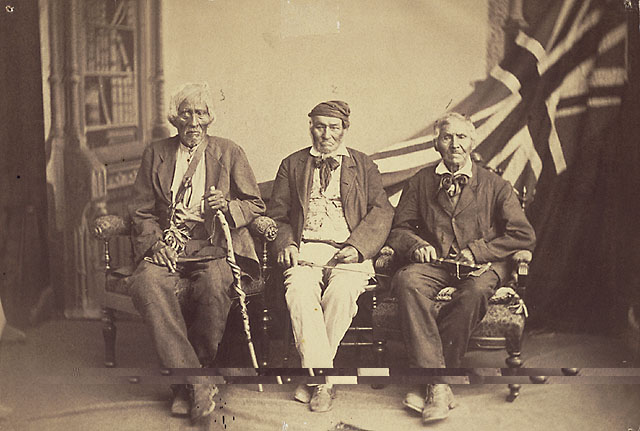Quebec City in the War of 1812
Quebec City's strategic location on the ST LAWRENCE RIVER determined the nature of its development. In the age of sail, it held a dominant position as a port of entry and exit for ocean-going vessels. It quickly became the transfer port for domestic and foreign trade (especially furs and timber) and the arrival and departure point for travellers and immigrants to North America. From the beginning, its location made QUEBEC CITY a political, administrative and military centre.
At the outset of the WAR OF 1812, Quebec City was the only permanent fortress in the Canadas (Upper and Lower), with some 2300 regulars posted there. Its fortifications at the time were not suited to a prolonged and determined siege (the imposing Citadel was not built until 1820-31). Nevertheless, Governor George PREVOST made Quebec the key to his plan for defending the colonies: "I have considered the preservation of Quebec as the first object, and to which all others must be subordinate." Quebec was, as Prevost said, "the door of Entry for that force the King's Government might find it expedient to send." One of the problems that Prevost had, however, was that Quebec was a long way from the battlefields of Upper Canada. Communications from Quebec to Upper Canada were almost as slow as they were from Quebec to London.
Because he saw the defence of Quebec as primary, Prevost only sent troops west when he got reinforcements and could keep his garrison up to strength. On 17 August 1812, he reported the arrival of the First Battalion of the Royals from the West Indies and so was able to send Isaac BROCK the effective 8th (King's) Regiment.
The military fortification known as the QUÉBEC CITADEL, which to outsiders like Charles Dickens made the city the "Gibraltar of North America," is a National HISTORIC SITE and contributed to the city being named a WORLD HERITAGE SITE.

 Share on Facebook
Share on Facebook Share on X
Share on X Share by Email
Share by Email Share on Google Classroom
Share on Google Classroom


